Today is another holiday which means that the streets are still bicycle-only so when I left the hostel, I ended up walking about a mile to Caracas Avenue where the express buses ran to the Del Norte station where I would get another bus to the Sal Cathedral in Zipaquira about 50 km further north.
The TransMillenio bus system is like a bus run subway system with secure loading platforms and exclusive bus lanes. A forty-five-minute ride just cost me 3000 COP--$1.25 USD. A short walk took me to one of the buses headed to "ZIP", and the cost for this 2-hour ride was just 4000 COP. The driver pointed the way to the Sal Cathedral which I reached after about a half-hour walk up the hill.
Since I got there about 9am, the crowds were light and I got in with a tour group quickly. After stopping for the first two crosses, I proceeded on my own down to the cathedral. After visiting the cathedral, they had a three-D movie that described the history of the salt dome.
The salt extraction is now done by the fracking technique rather than mechanical extraction. As I left it looked like the wait to get in was over an hour.
This was a most mysterious ride. It circled around Zipaquira and then headed north on a very bumpy road with a speed sign of 30 km. After an hour on this bumpy road, we came to a four-lane road. The driver motioned me to get off and catch a bus on the other side of this four-lane highway. I did. I only waited about 5 minutes until a bus headed to Tunja came. The conductor told me to get on. Great bus with wifi and a movie with Liam Neesan on an airplane, but I didn't see the end.
I traveled for about two hours through some beautiful hilly green pastures and trees with sheep and cows dotting the countryside. When I got to the outskirts of Tunja, the driver told me to get off and go to the bus terminal on the other side of the highway for my minibus to Villa de Leyva. A bus employee met me and escorted me to the area at the bus terminal where I would find the minibusses to Ville de Leyva. This was another very bumpy windy road. When I arrived the driver took my 10,000 COP, but he did not give me change until a local woman told him I needed 3,000 COP change. People here have really been helpful to me in navigating around with my rudimentary Spanish. Little English is spoken here.
In navigating this route I learned that my destination of Villa de Leyva was pronounced Billa de Le Ba. Apparently, Colombia's pronunciation is not the same as Mexican pronunciation.
The Lonely Planet claims that this village is one of the most beautiful colonial villages in Colombia is absolutely true. I am staying here at the Hospederia La Roca which is on the Plaza Major----the largest plaza in the Americas.
Here is the evening service at the Iglesia Parroquial that faces the Plaza Mayor---built in 1608.
These cobble streets are hard on cars and difficult for walkers as well. The red-roofed white buildings are some of the best-preserved in all of South America. Many of the restaurants are clustered inside some of the courtyards that are behind these doors along the streets.
Subscribe to my YouTube Channel
I have recently uploaded all of my travel videos to YouTube now that they allow longer uploads. I have also added other shorter travel videos.
That link is https://www.youtube.com/c/huntforgold
If you do go there, please subscribe to my video channel since it will help me eventually get some income there and help with my future travels.
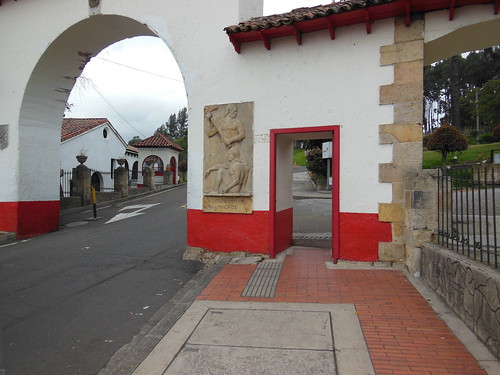
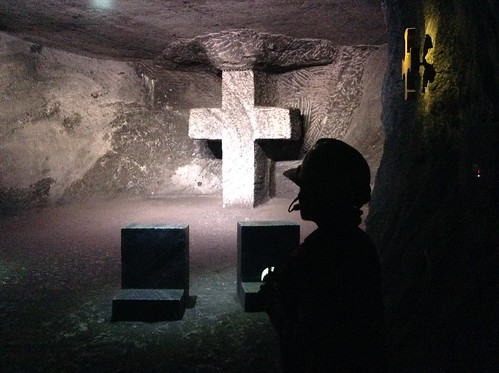
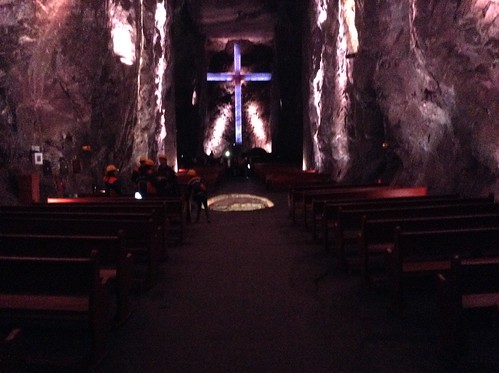
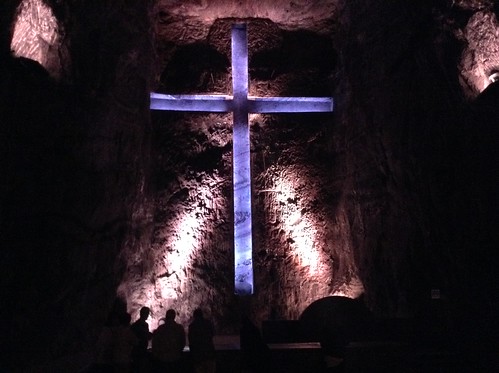
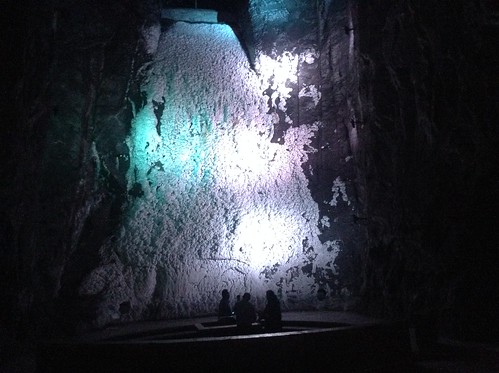
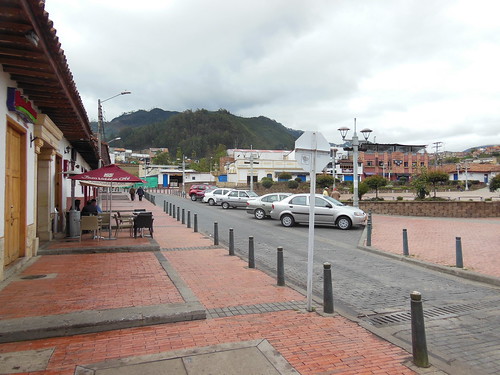
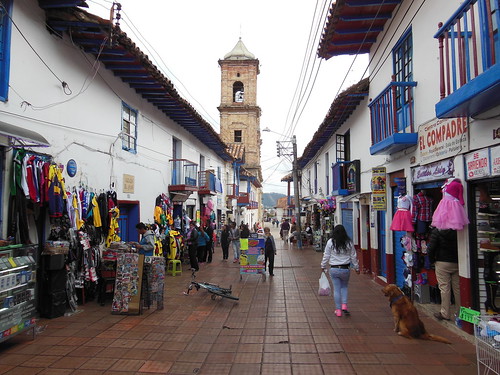
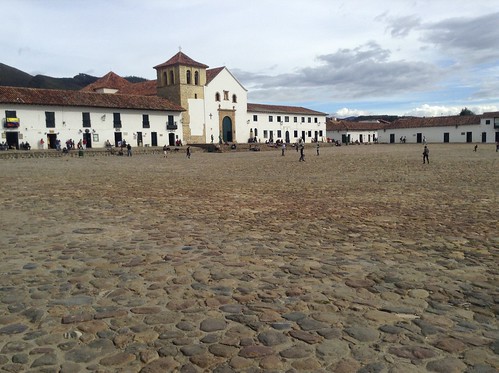
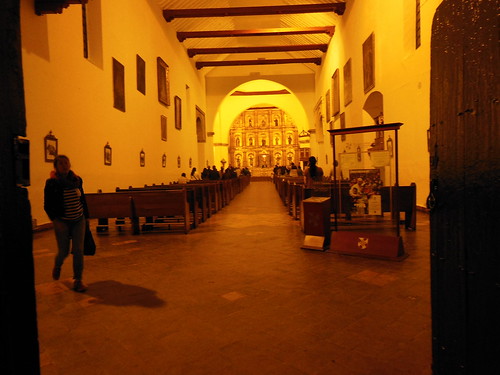

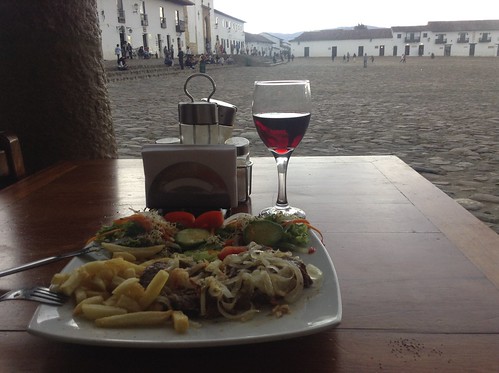
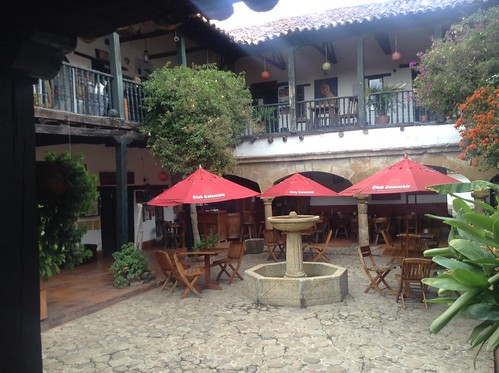
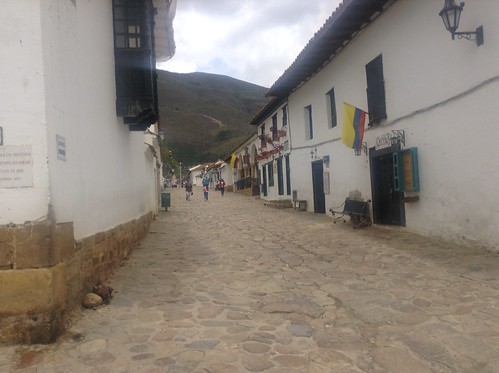
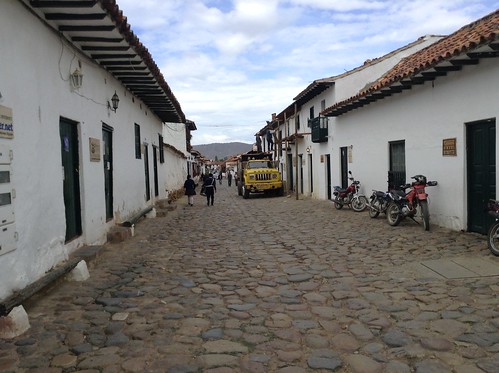
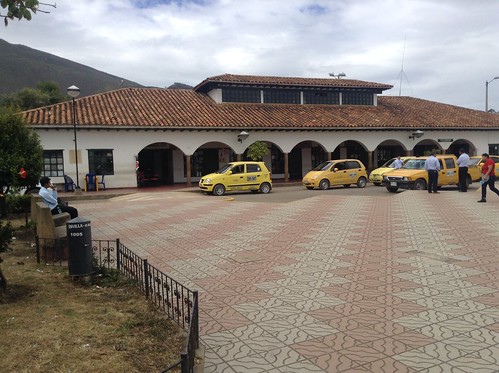
No comments:
Post a Comment